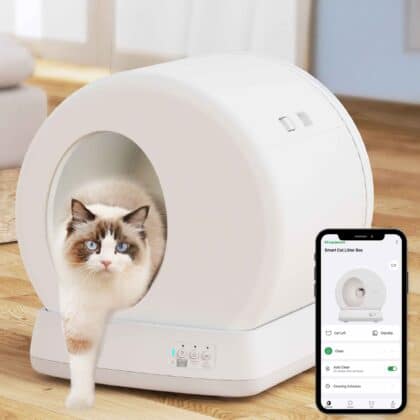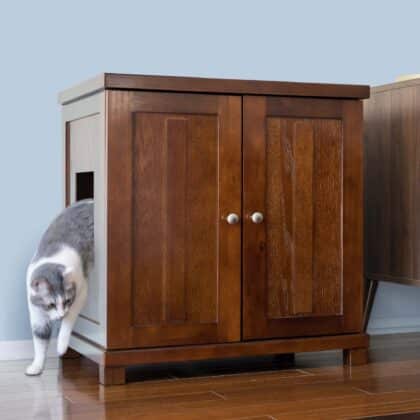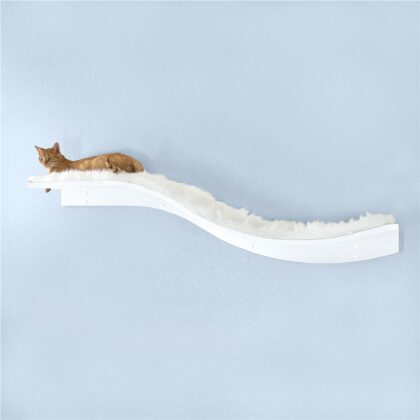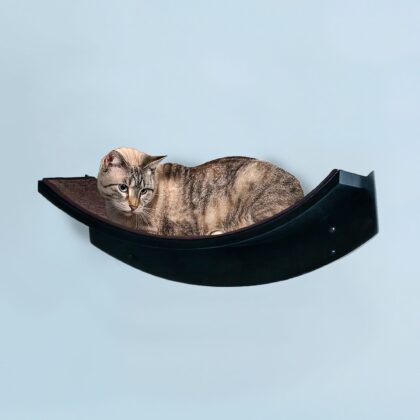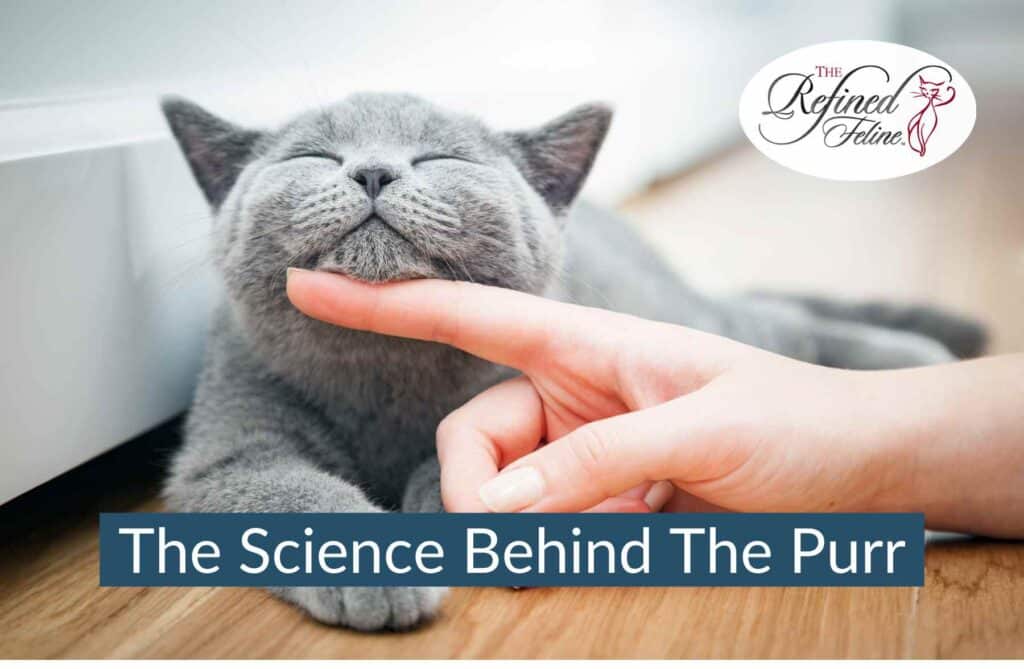
The Science Behind the Purr: Unraveling the Mystery
Cats have a myriad of ways to communicate with us: the enthusiastic meow when it’s mealtime, the pointed tail signaling excitement, and the gentle rub against our legs showing affection. Yet, one of the most enchanting and somewhat mysterious aspects of feline communication is the cat’s purr. While we often associate it with contentment, the reasons for a cat’s purr go far deeper and are more intricate than most realize. In this blog, The Refined Feline dives into the science behind the purr.
The Multi-Faceted Nature of the Purr
Many cat parents might think their feline friends purr solely when they’re happy. However, the act of purring is not exclusive to moments of pleasure. Cats also purr when they are in pain, anxious, or even when they’re on the brink of death. Mother cats purr to lead their blind and deaf newborns to them for warmth and milk, while kittens start purring when they’re only a few days old during nursing.
The Mechanics of the Purr
So, how do cats create this distinctive sound? Another explanation of the science behind the purr is the purring mechanism, while not completely understood, it is believed to originate in the brain. A repetitive neural oscillator sends messages to the voice box muscles, causing them to twitch at a rate of 25 to 150 vibrations per second (Hz). This twitching causes a sudden buildup of air pressure in the windpipe, producing the unique sound of a purr.
Therapeutic Vibrations
Interestingly, the specific frequency at which cats purr links to various therapeutic benefits. Vibrations in the range of 25 to 100 Hz are medically therapeutic. They can promote bone density, heal wounds and reduce pain and swelling. This might explain why cats purr during injury or sickness – it’s their way of self-soothing and possibly self-healing.
Moreover, it’s not only beneficial for cats. Listening to a cat’s purr can lower a person’s blood pressure and decrease the symptoms of dyspnoea. The act of stroking a purring cat and listening to their rhythmic sound can also reduce stress and anxiety in humans. Indeed, the therapeutic nature of a cat’s purr is one reason they’re often used in animal-assisted therapy settings.
Related: The Purrrfect Companion: Celebrating The Timeless Allure Of Cats
Purring as Communication
Beyond self-soothing, cats use purring as a form of communication. For instance, many cat owners are familiar with the “solicitation purr.” This purr, often louder and more urgent-sounding than the contentment purr, is frequently used during mealtimes. Researchers believe that cats have learned to merge their purr’s natural sound with a cry at a frequency similar to a baby’s, making it hard for humans to ignore.
The science behind the purr extends into the wild, purring also plays a pivotal role. Big cats, like cheetahs, use purring as a form of communication between mother and cubs. While not all big cats purr, those that do have a diverse set of reasons, much like their domesticated relatives.
The Cultural Resonance of the Purr
Throughout history, cats have been revered, adored, and sometimes even worshipped, with their purring often believed to be magical or therapeutic. Ancient Egyptians held cats in high esteem, valuing them not just as hunters but also as sacred beings. The soft, rhythmic purring of a cat invokes a sense of peace and well-being, which in a way, the science supports today!
In various cultures, the purr of a cat is a sign of a good omen, signaling rain or a bountiful harvest. Some believed that a cat’s purr could ward off evil spirits, while others took it as a sign of divine contentment.
Purring and Its Curative Power
Today, while we might not view cats as deities, the therapeutic impact & the science behind the purr remain undeniable. Beyond the earlier mentioned physical and psychological benefits, research has delved into how the purr can aid human health.
A study conducted at the University of Missouri found that owning a cat could reduce the risk of heart attack by up to 40%. While this is not solely attributed to purring, the relaxation and stress-relieving qualities of a purring cat undoubtedly play a role.
For those suffering from insomnia or sleep disturbances, the purr can act as a natural lullaby. The consistency and frequency of a cat’s purr are like white noise machines used to aid sleep.
Cats – Our Emotional Support System
Beyond physical healing, cats offer emotional support, often seeming to sense when we are down or stressed. Their purring at such times feels like a gentle reminder that we are not alone, offering solace and a distraction from our worries. This incredible bond between humans and cats is further cemented by the act of purring, fostering a deeper emotional connection.
The Science Behind The Purr Is Still Unraveling
While we continue to unravel the myriad of reasons behind a cat’s purr, its benefits to humans are undeniable. From providing therapeutic vibrations that may aid in physical healing to offering emotional solace in turbulent times, the humble purr is a testament to the intricate bond between cats and humans. So, the next time your feline friend curls up beside you, purring contentedly, cherish the moment, and the millennia of history, science, and emotion it represents.


